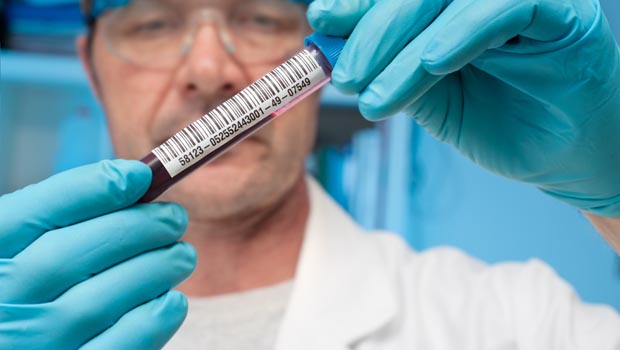An Islet Therapy Pioneer

Chris Stiehl has the distinction of being the first human ever to receive an islet cells transplant via an outpatient endoscopy. Stiehl had the procedure done through the UCSF Diabetes Center, which is one of the leading islet cell research programs in the world; it also happens to be where his wife, Lorraine Stiehl, works as a communications coordinator.
Diagnosed with Type 1 diabetes in 1961, Chris Stiehl had a kidney transplant in 2008. He says attitude is everything when it comes to handling his condition for more than 50 years.
“People who say, ‘Woe is me…why did I get this disease?’ tend to die much earlier,” Chris says.
Islet therapy transplants insulin-producing islet cells into the body of someone with diabetes. For years, scientists have tried to perfect the technique because in theory it could lead to complete insulin independence. The procedure comes with major hurdles, however, including that many islet cells die during transplantation and the body’s immune system may kill off many of the surviving transplanted islet cells.
Since Chris was already doing well on immunosuppression medications after his kidney transplant, he was a good candidate for islet transplantation. In December 2012, over 500,000 islet cells were transplanted into Chris’s stomach lining. Unfortunately, the islet cells eventually died off because they didn’t vascularize, or integrate, well with the body. A drug recently developed through cancer research may eventually help islet cells vascularize better. Despite the outcome, Chris says he was happy to advance the research effort.
“By going directly from pig transplants to human transplants, we eliminated about 10 years of research on dogs and monkeys,” he says. “We’ve been experimenting on mice for decades now. I’m tired of hearing about curing mice; I want to cure me!”
For nearly two months after the transplant, Stiehl’s insulin requirements dropped by nearly 70%. It was wonderful to experience consistent glucose levels during that time, he says. As an added benefit, the low-carb diet he went on in preparation for the transplant resulted in a 35-pound weight loss. He’s maintained that weight post-surgery.
![]() “Chris calls the islets ‘happy cells’ and believes they do more than just emitting insulin,” says Lorraine. “He feels there have been some residual beneficial effects, including feelings of positivity and well-being.”
“Chris calls the islets ‘happy cells’ and believes they do more than just emitting insulin,” says Lorraine. “He feels there have been some residual beneficial effects, including feelings of positivity and well-being.”
If the opportunity arises, Chris says he would welcome another transplant. He believes islet therapy holds real promise, especially for those who have become unaware of when they are experiencing hypoglycemia, and those who have trouble managing their Type 1 diabetes through traditional insulin therapy. He believes islet therapy may hold the key for people with diabetes to have the opportunity to have normal days without testing and injections.
“We’re just trying to live – as people, not just as diabetics,” he says.
Thanks for reading this Insulin Nation article. Want more Type 1 news? Subscribe here.
Have Type 2 diabetes or know someone who does? Try Type 2 Nation, our sister publication.